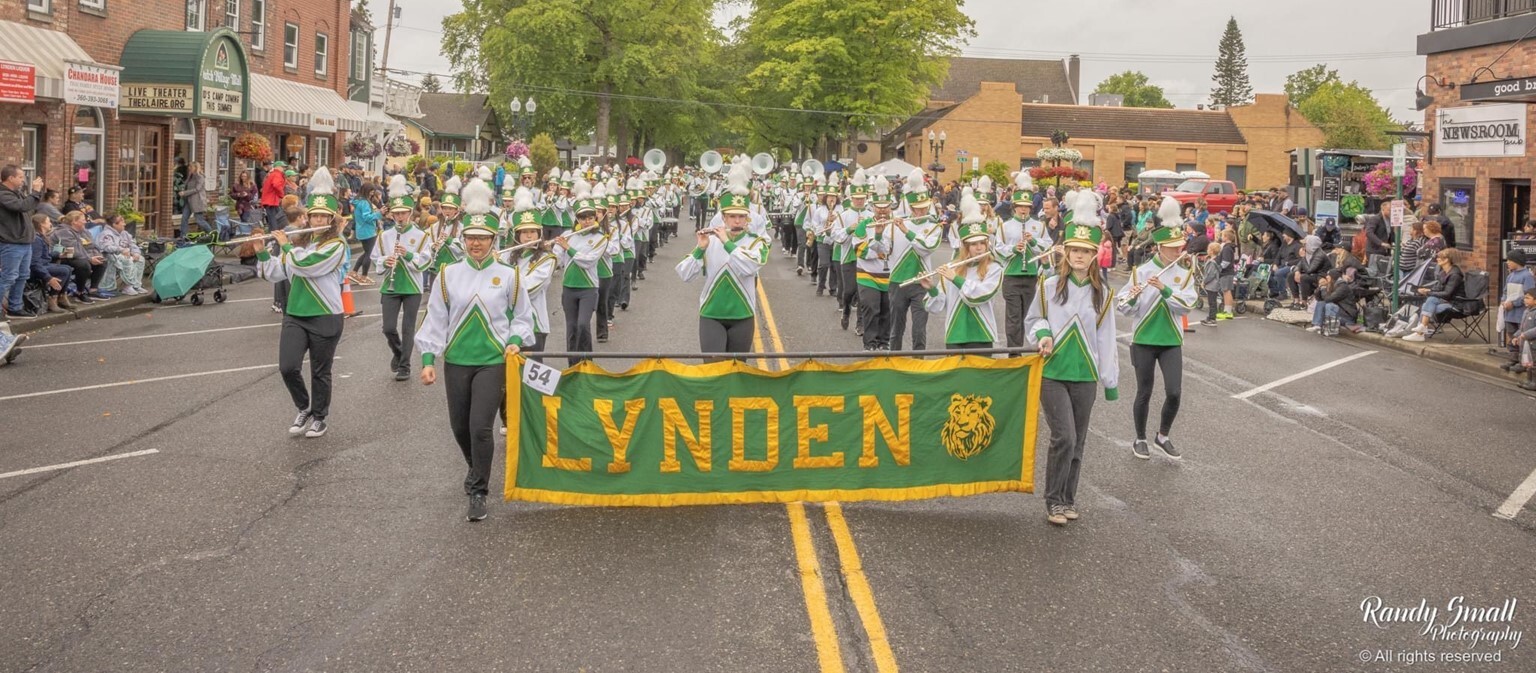Rockets Lift Off at Fisher
Nothing gets a fourth grader excited for science quite like a rocket lift off.
For the eighth-straight year, fourth-grade students at Fisher Elementary used rocket launches as a way to learn the scientific method, as well as how to manipulate, respond to and control variables.
Traditionally, the initial rocket gets constructed in groups so students work on collaboration skills, but the fall 2020 rocket program at Fisher required individual rocket development, due to physical distancing requirements. Each student had access to the same materials, the same amount of time and the same 100 pounds of pressure when it came time to launch their rocket at a 45-degree angle (think: controlled variables).
Every student filled out a rocket plan as part of the process and had the opportunity to make modifications after an initial test flight. “Students are unbelievably excited, even though most rockets do not fly on their first attempt,” says Julie Adams, fourth-grade teacher, “which is the perfect teachable moment about variables.”
Students had two weeks to build a rocket at home and then conduct the final launch at the school. In past years, families and guests could join the event to cheer on the students, but this year, again due to distancing requirements, one class at a time went outside for the final flight, all distanced appropriately.
Taking the time to change the manipulated variables on their rockets, students often found success in that final flight attempt, discovering that the “second rockets fly much farther,” a true excitement-building lesson in all things science. And all things rockets.


